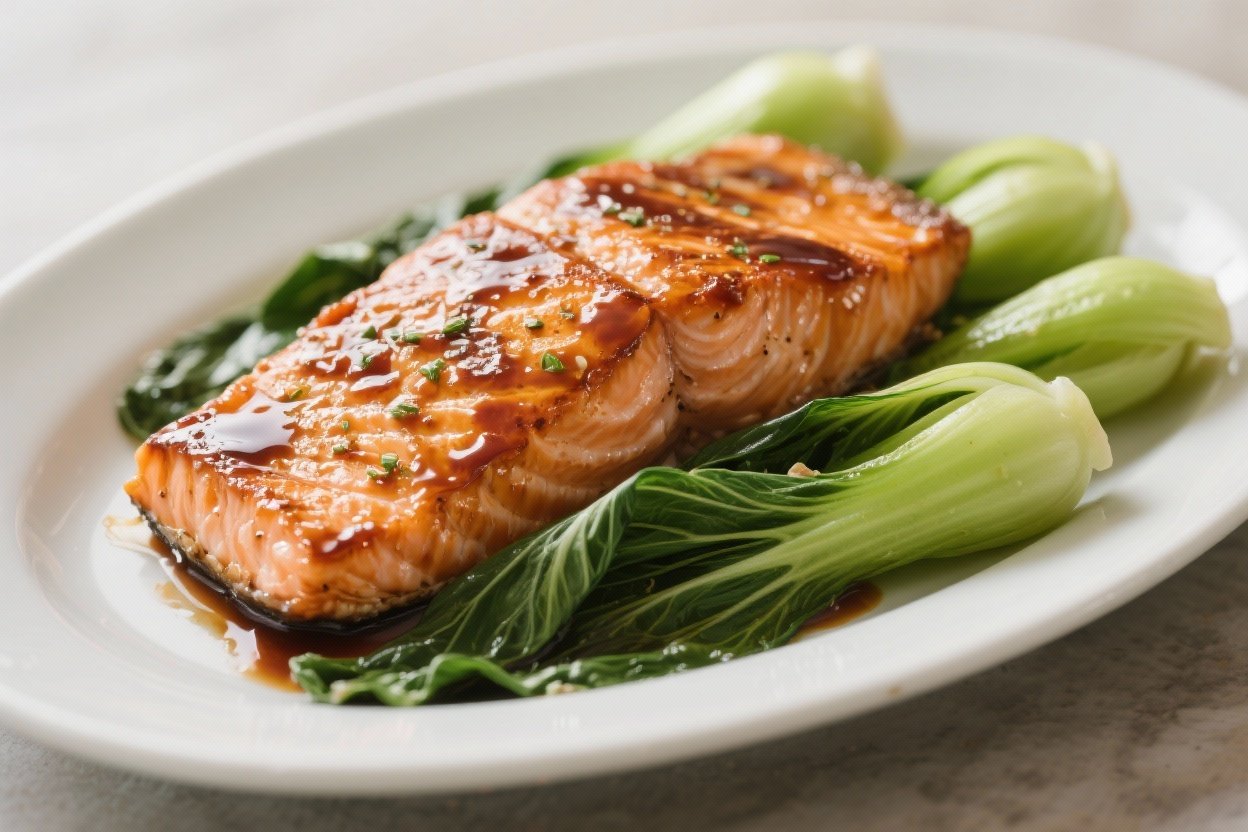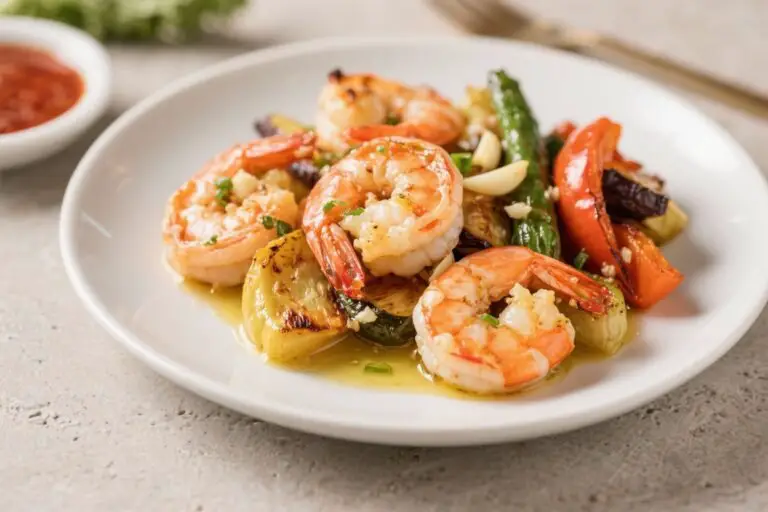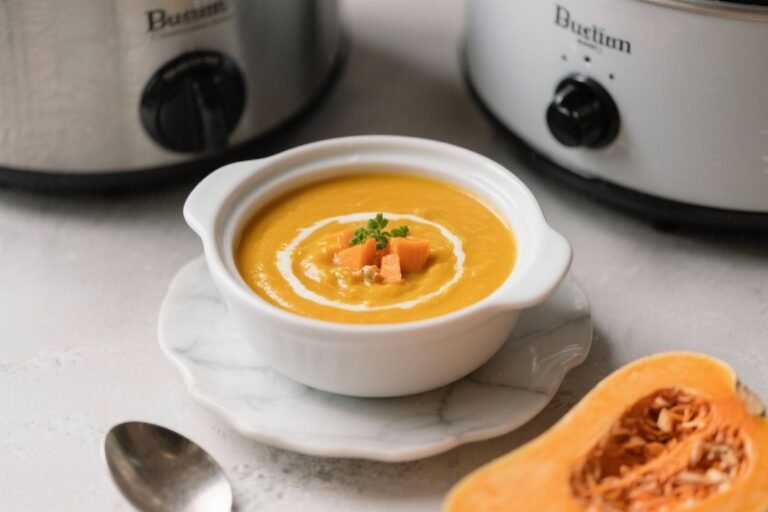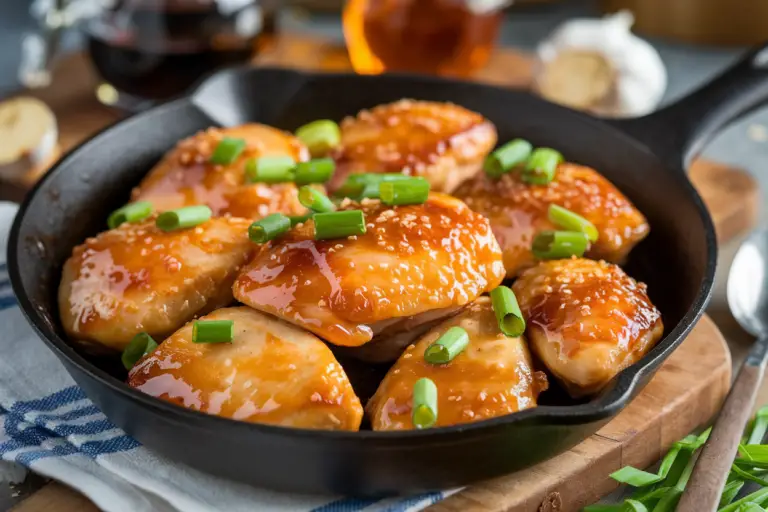Miso-Glazed Salmon with Steamed Bok Choy: The 20-Minute Flavor Bomb You’ll Cook on Repeat
You want a dinner that looks fancy, tastes insane, and doesn’t hijack your evening? This is it. Sweet-savory miso glaze lacquered over buttery salmon, paired with crisp-tender bok choy that takes literally minutes.
No culinary gymnastics, no weird tools, just big flavor with smart shortcuts. If a restaurant-quality plate and a weeknight schedule had a baby, this would be the golden child. And yes, it’s healthy without tasting like it’s trying too hard.
Why You’ll Love This Recipe
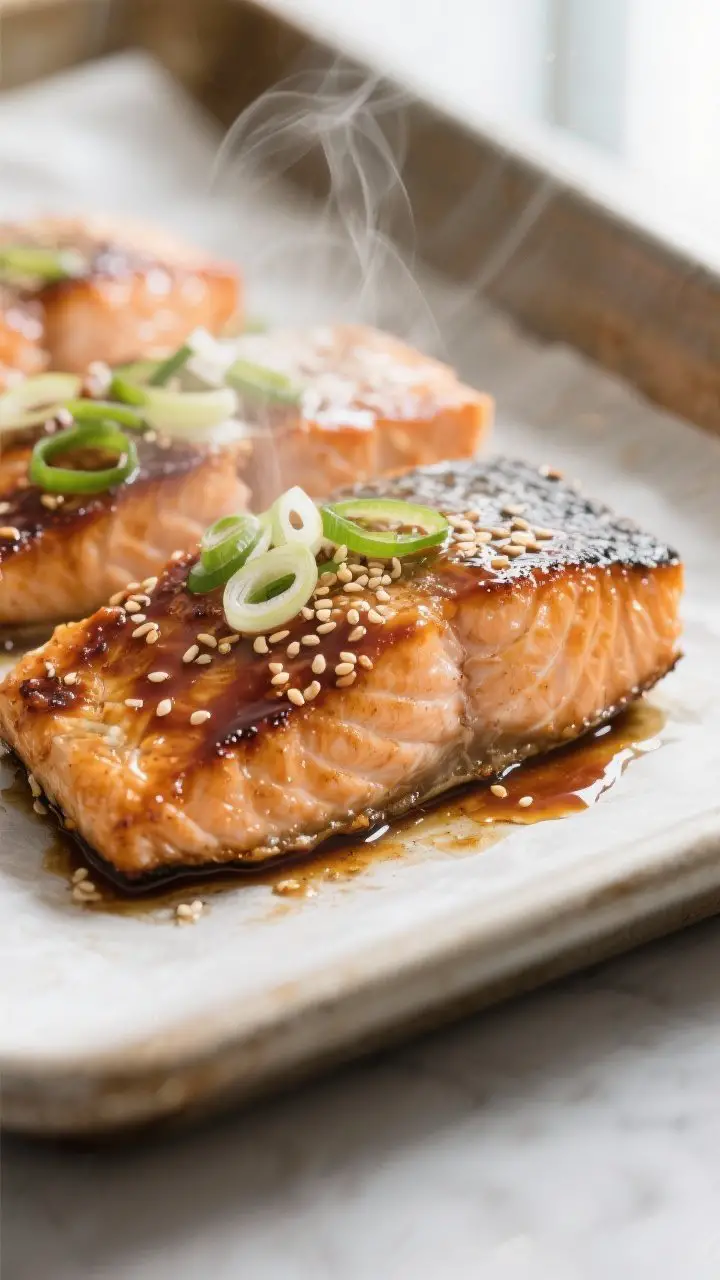
- Fast and foolproof: From chopping board to table in about 20–25 minutes.
Weeknight hero status unlocked.
- Ridiculous flavor: Miso, ginger, and honey team up to create rich umami with just the right caramelized edges.
- Balanced meal: Protein, greens, and a clean carb option if you want it. It’s the “I actually feel good after eating” kind of meal.
- Minimal cleanup: One sheet pan and one pot. Your sink will thank you.
- Works with frozen salmon: Thaw it quickly and you’re still on track for dinner greatness.
What You’ll Need (Ingredients)
- Salmon: 4 fillets (about 5–6 oz each), skin-on preferred
- Bok choy: 1 to 1.5 pounds baby bok choy, halved lengthwise (or 2 large heads, chopped into quarters)
- White miso paste: 3 tablespoons (aka shiro miso; milder and slightly sweet)
- Honey or maple syrup: 1.5 tablespoons
- Soy sauce or tamari: 1 tablespoon
- Rice vinegar: 1 tablespoon
- Fresh ginger: 1 tablespoon, finely grated
- Garlic: 2 cloves, minced
- Toasted sesame oil: 1 teaspoon
- Neutral oil (avocado or grapeseed): 1 tablespoon
- Water or low-sodium broth (for steaming): 1/2 cup
- Sesame seeds: 1 teaspoon, for garnish
- Scallions: 2, thinly sliced
- Lime or lemon wedges: For serving
- Optional sides: Steamed rice, quinoa, or soba noodles
Let’s Get Cooking – Instructions

- Preheat and prep: Heat the oven to 400°F (205°C).
Line a sheet pan with foil or parchment for easy cleanup. Pat salmon dry with paper towels.
- Make the glaze: In a small bowl, whisk together miso, honey, soy sauce, rice vinegar, ginger, garlic, and sesame oil until smooth and glossy.
- Season the salmon: Brush a thin layer of neutral oil on the foil. Place salmon skin-side down.
Spoon about two-thirds of the glaze over the tops, coating evenly.
- Roast the salmon: Bake for 8–10 minutes, depending on thickness. For a caramelized finish, switch to broil for the last 1–2 minutes. Aim for medium doneness; it should flake but still be slightly translucent in the center.
- Prep the bok choy: While the salmon roasts, rinse bok choy thoroughly, especially between the stalks.
Shake dry.
- Steam the bok choy: Heat a large skillet with a lid over medium-high. Add 1/2 cup water or broth and bring to a simmer. Add bok choy, cut sides down, cover, and steam 3–4 minutes until tender-crisp and bright green.
- Finish the greens: Drain excess liquid.
Drizzle a teaspoon of soy sauce and a few drops of sesame oil, toss gently, and season with a pinch of salt if needed.
- Glaze boost: Warm the remaining miso glaze for 15–20 seconds in the microwave or a small pan. Brush a little extra over the salmon right before serving for that glossy finish.
- Plate it up: Serve salmon over rice, quinoa, or noodles (optional), tuck in the steamed bok choy, and finish with sesame seeds, scallions, and a squeeze of lime. That citrus pop?
Not optional IMO.
Storage Instructions
- Fridge: Store salmon and bok choy separately in airtight containers for up to 3 days.
- Reheat: Warm salmon low and slow—275°F (135°C) for 8–10 minutes or gently in a covered skillet. Microwaving works, but do 50% power to avoid rubbery fish.
- Freezer: Cooked salmon freezes well for up to 2 months. Thaw overnight and reheat gently.
Skip freezing the bok choy; it gets soggy.
- Meal prep tip: Keep extra glaze in a jar (up to 1 week) to refresh leftovers or dress noodles.

Benefits of This Recipe
- Nutrient-dense: Salmon brings omega-3s (EPA/DHA) for heart and brain health; bok choy delivers vitamins A, C, and K plus fiber.
- High-protein, low-junk: Clean ingredients and big flavor without heavy creams or deep frying.
- Weeknight efficiency: Simple steps, minimal tools, and near-zero cleanup friction.
- Customizable: Works with pantry swaps and different veggies without losing its core identity.
Don’t Make These Errors
- Overcooking the salmon: Pull it when it flakes easily and looks slightly translucent inside. It keeps cooking off-heat.
- Skipping the pat-dry step: Wet salmon won’t caramelize; it’ll steam and look sad.
- Using red miso 1:1: Red miso is stronger and saltier. If you must, use less and add more honey.
- Over-steaming bok choy: Mushy greens are a vibe killer.
Stop at tender-crisp and bright.
- Drowning everything in soy: Taste as you go. The miso already brings salt; don’t nuke your palate.
Recipe Variations
- Spicy kick: Add 1–2 teaspoons gochujang or sriracha to the glaze. Heat plus umami = chef’s kiss.
- Citrus miso: Whisk in 1 teaspoon orange zest and 1 tablespoon juice for a bright, slightly sweet glaze.
- Ginger-scallion oil: Sizzle 2 tablespoons neutral oil with 2 tablespoons minced scallions and 1 teaspoon grated ginger; spoon over the bok choy.
- Air fryer method: 390°F (200°C) for 7–9 minutes for salmon.
Brush glaze halfway through and at the end.
- Grill it: High heat, skin-side down, lid closed, 6–8 minutes. Brush glaze in layers for lacquered edges.
- Veg swap: Use broccolini, asparagus, or snap peas. Steam or pan-sear for similar timing.
- Gluten-free: Use tamari or coconut aminos.
Also confirm miso is gluten-free (most are, but FYI always check).
FAQ
Can I use frozen salmon?
Yes. Thaw overnight in the fridge or submerge sealed fillets in cold water for 30–45 minutes. Pat dry really well before glazing.
📖 Get Access to 50+ Printable Smoothie Recipes Instantly! 🖨️
Boost your health with delicious smoothies! These easy-to-follow printable recipe eBooks are perfect for detoxing, fitness goals, and tasty plant-based living. Available for instant download on Etsy! 🌿✨
What type of miso should I buy?
White (shiro) miso is ideal—mild, slightly sweet, and perfect for glazes.
Yellow miso works too; red miso is stronger, so use less and taste as you go.
How do I know when the salmon is done?
It should flake easily with a fork and be slightly translucent at the center. If you use a thermometer, pull at 120–125°F (49–52°C) for medium.
Can I make the glaze ahead?
Absolutely. Mix it up to 1 week in advance and store in the fridge.
Stir before using, and warm slightly if it thickens.
What pairs well with this dish?
Steamed jasmine rice, brown rice, quinoa, or chilled soba noodles. Add a quick cucumber salad for crunch and contrast.
Is there a lower-sugar option?
Use half the honey and add a teaspoon of mirin or a pinch of monk fruit sweetener. You need a little sweetness to balance the miso’s saltiness.
Can I cook the bok choy in the oven too?
Yes.
Toss with a little oil and roast at 400°F (205°C) for 8–10 minutes until edges char slightly. Still bright, still crisp.
In Conclusion
This Miso-Glazed Salmon with Steamed Bok Choy hits that rare overlap of fast, fancy, and feel-good. It’s the kind of meal that looks plated by a pro and tastes like a splurge, but it’s shockingly easy.
Keep the glaze on standby, stock some bok choy, and you’ve got a reliable weeknight flex. Simple method, huge payoff—exactly how dinner should be.

